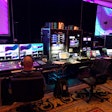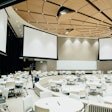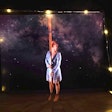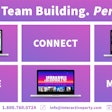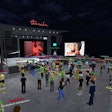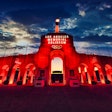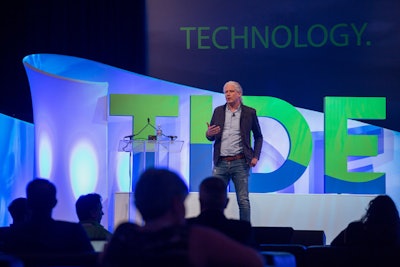
Consumers are used to technology being woven seamlessly into their everyday lives, and it’s time for event designers to adopt the same mindset when creating experiences. That was one of the key messages from Jens Oliver Mayer, managing director for Germany for Jack Morton Worldwide, at the new TIDE Conference, held June 13 at the Hyatt Regency Orlando.
TIDE—which stands for technology, innovation, design, and experience—was created and produced by InfoComm International, the trade association for the audiovisual and information communications industries. The new one-day thought leadership event preceded InfoComm 2017, the association’s annual trade show that ran June 14 to 16 at the Orange County Convention Center.
“It’s time to stop thinking in silos," Mayer said. "Stop thinking about digital, non-digital, online, offline. We still schizophrenically separate the event strategy from the digital and technology strategy. That’s not what’s going on in the world out there, and approaching it that way leads to poor experience design."
Mayer urged attendees to design their events in a way that the technology is invisible to attendees while enhancing their experiences. He mentioned OpenTable, Tinder, and Car2Go as examples of companies that effectively integrate digital and physical aspects in ways that users do not think of them separately. To do this for events, planners should put their attendees’ needs and aspirations first, then determine how to use technology to create “moments that add value to their lives,” he said.
One way to merge attendees’ offline and online experiences is through content marketing. Conferences, trade shows, and other events have always produced valuable content, Mayer said, but planners have not been focused on how to use that content beyond the event itself. “It’s time to change that. Start thinking about how we can design an event in a way that allows us to use the content. That’s going to be more and more important because the world out there is hungry for content that’s relevant,” he said.
About 150 people attended this first TIDE Conference, ranging from brand marketers to event producers and audiovisual designers. Rachel Bradshaw, exposition content director for TIDE, said InfoComm created this non-technical conference to fill a gap in the education that has traditionally been provided at the trade show. “We do a lot of technical training at the InfoComm show. But we felt we were missing a thought leadership event where the industry could go beyond the boxes that we’re fond of talking about and instead focus on the creative brilliance that’s made possible by those boxes,” she said.
In addition to Mayer’s session, topics included “Crafting an Unforgettable Experience” with Barry Ross Rinehart from Multi Image Group, “Storytelling for the Business of AV” with Matthew Luhn of Pixar, and dozens more. Bradshaw said InfoComm has received feedback that there is a segment of the audiovisual industry that is “hungry for this type of content,” and the organization already is making plans for next year’s event.








